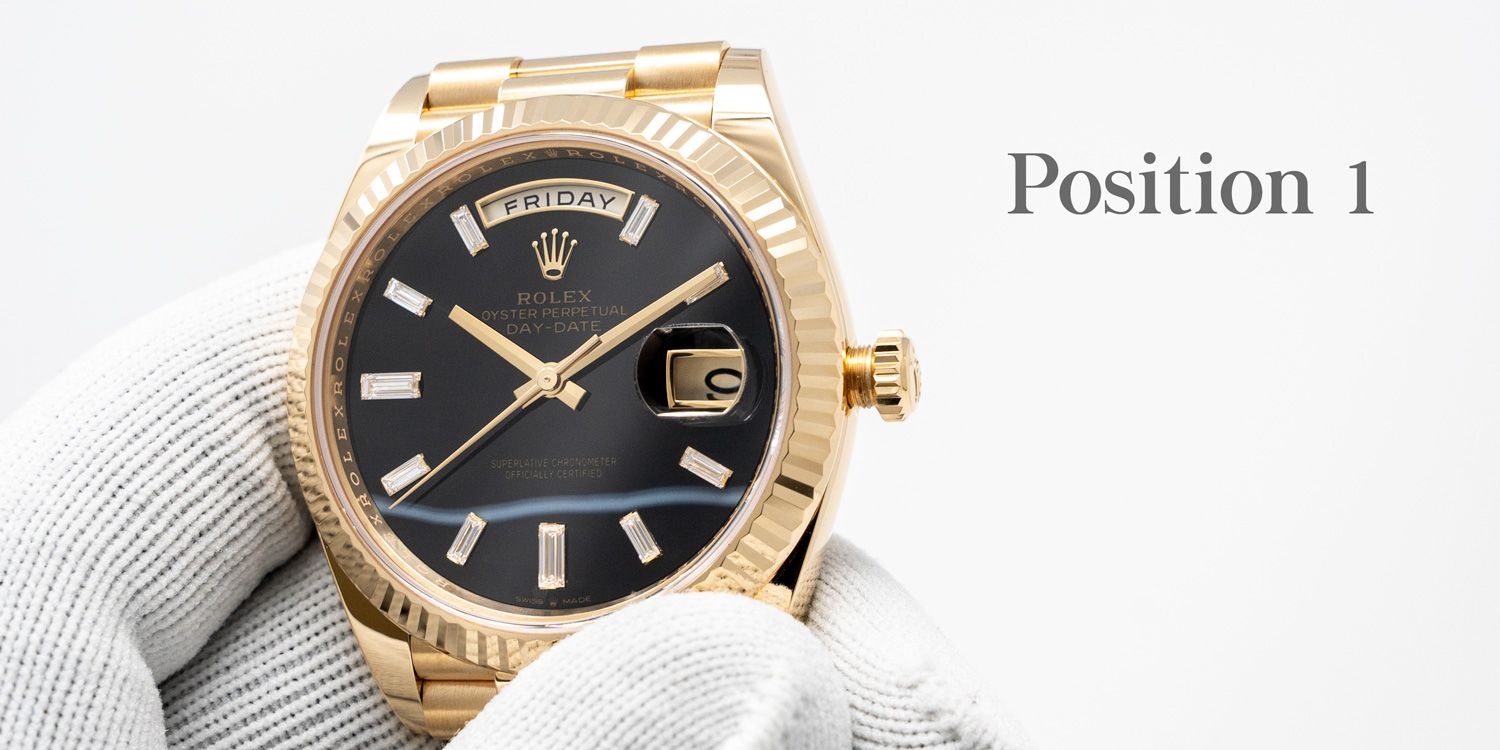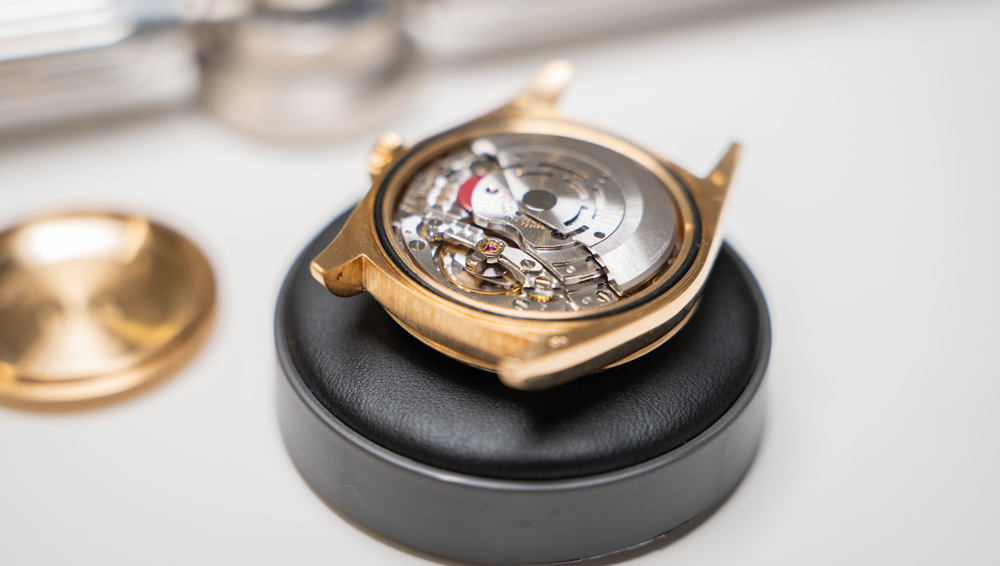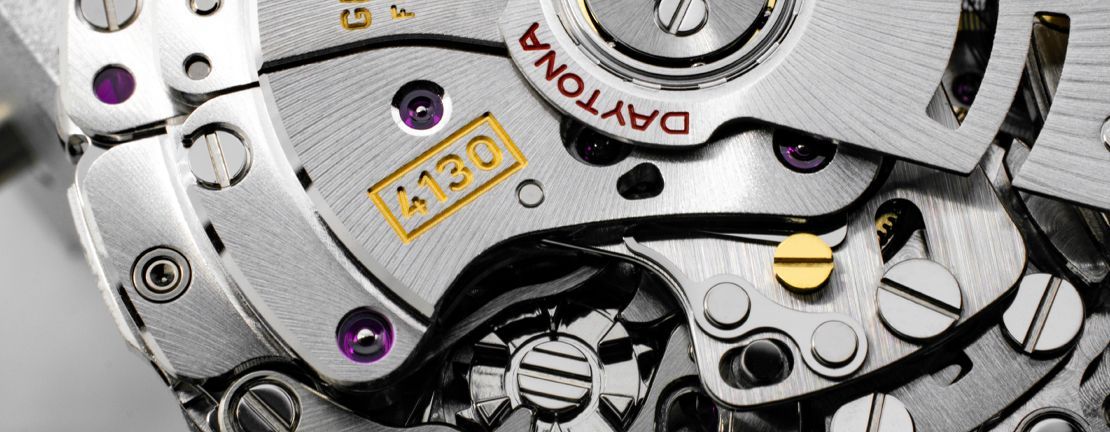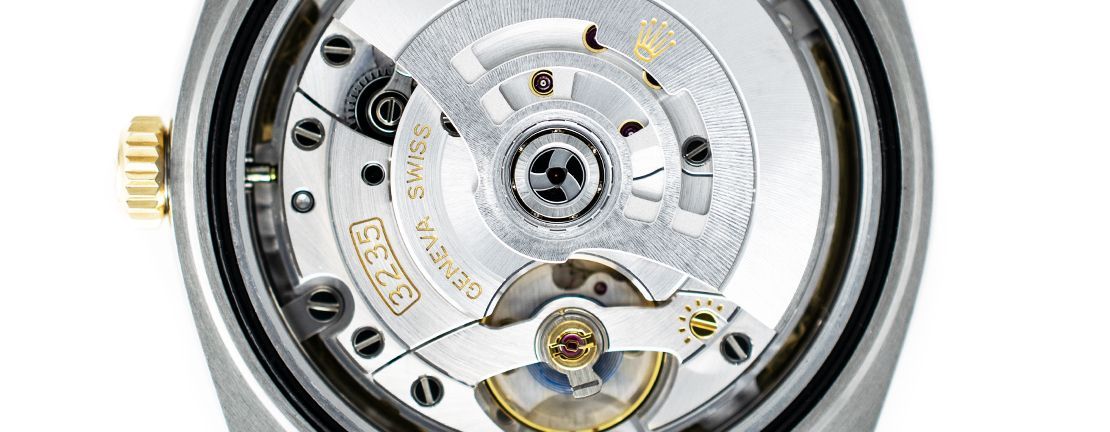“My Rolex won’t keep time correctly.”
“My watch is always slow.”
“My Rolex just stops altogether.”
I hear these worries every week, and I get it—when you’ve invested in a Rolex, a wandering second hand can feel like betrayal. The good news? In nine cases out of ten the watch is healthy; it’s our expectations (or wearing habits) that need tweaking. Let’s break down, in plain English, why a mechanical Rolex behaves the way it does and how you can keep yours running on point.
Key Takeaways (60-Second Version)
- Mechanical ≠ Quartz: Your Rolex runs on stored spring energy, not a battery, so ± seconds per day is normal.
- Power Reserve Matters: A fully charged Rolex typically runs 48–72 hours off-wrist; after that it stops—perfectly normal.
- Monthly Wind-Up: Even if you wear it daily, give the crown 20 turns once a month to top up the mainspring.
- Acceptable Accuracy: Anything within -3 /+6 min per month (about ±6–10 sec/day) is healthy for most modern pieces.
- Simple Home Test: Log daily gains/losses for one week before calling a watchmaker—you’ll save time and money.
Mechanical vs. Quartz—Setting Realistic Expectations
The mechanical movement is just that, where it functions because of a machine and not a battery. A battery-operated watch is typically called a “quartz” movement and is designed to be perfectly on time – all the time – until the battery dies.
Think of your Rolex as the grown-up version of a wind-up toy car: you supply energy (by wearing or winding), the mainspring unwinds, the watch ticks. As with this toy car, the mechanical movement has a mainspring that tightens up inside of it. The mainspring will only have a certain amount of energy it can supply to power your Rolex as it unwinds until it is wound-up again.
A battery-powered quartz watch, by contrast, sips electricity and can stay to-the-second for years. Apples and oranges.
Despite the truth that a mechanical movement will not be able to keep perfect time compared to a quartz movement, the Parachrom Hairspring manufactured by Rolex is one of the most stable ever created. The paramagnetic alloy it is fashioned from is highly resistant to magnetic fields, temperature variations, or jolts that would otherwise interfere with its reliability.
How To Wind Your Rolex (A Quick Explanation)
The mainspring is wound-up and charged by either of two ways: manually winding the crown when it is unscrewed to the 1st position or by the movement created as you wear it on your wrist. If you look at your Rolex, the winding crown sits on the right side of the case head. It should be closed at all times, unless you are setting your watch or winding it.
Watch our quick 60-second tutorial video above, or follow the simple instructions below.
- Unscrew the crown by rotating it counter-clockwise.
- As you unscrew it, the crown will slightly pop out from the case head. Do not pull it, but let it sit where it naturally popped out to. The crown is now in the 1st position.
- Rotate the crown clockwise 20 times.
- You will feel a gentle resistance and hear the movement winding.
- Close and lock the crown by pushing it towards the case head and screw it clockwise.
- It will tighten down and continue to screw it in until you feel resistance, letting you know it is locked in.




Your Rolex Isn’t Keeping Proper Time
My brother got a Rolex Submariner 14060M for graduation. Because he freelances from home, it sits idle more than it’s worn, and when he finally straps it on he forgets to set it—so it forever reads 1:32 a.m. last Monday.
If you wear your watch like my brother, it isn’t getting enough motion to wind the mainspring. A watch winder—a dresser-top device that gently rotates the watch—will spare you the hassle of resetting it.
Even with nonstop wear, Rolex still recommends 20 manual winds each month to top up the charge. Most of us remove our watch to sleep or shower, breaking that motion—unless it rests on a winder.
Rolex allows roughly a minute of drift per month. As our AWCI CW21 watchmaker Glenn Rutledge notes, “they don’t push it, and few hit that spec even when new.” Daily perfection would require a watchmaker calibrating your Rolex to your exact habits—while also battling climate, altitude, and gravity.
At Watch Chest we use a real-world rule: up to 3 minutes lost or 6 gained per month is perfectly healthy. Outside those limits, start with a full crown wind—monthly or even weekly—before booking service; many “issues” vanish once the mainspring is fully charged. If it still drifts wildly, move on to the test below.
How To Check if Your Rolex is Keeping Time
- Unwind the crown to open it to the 1st position. Wind your watch 20 times to ensure you are starting out with a full charge.
- Set your Rolex to the exact second, preferably to a satellite clock (such as the one on a cell phone) so that your record of keeping time will be consistent. Push and screw the crown back in to the closed position.
- Wear your Rolex as normal, but at the end of the day, mark down the seconds and minutes lost or gained compared to the satellite clock.
- Repeat every night for at least 1 week but a month is even better. (Don’t forget to wear it during the weekend!)
Total the drift. More than 3 minutes lost or 6 gained? Speak with your seller or a watchmaker. A quick calibration on a timing machine usually fixes it; bigger variances are still often simple.
It’s easy to expect quartz precision after paying a premium, but that price reflects mechanical artistry. Your Rolex is doing what it’s built to do—embrace the craftsmanship, and small variances feel less like flaws.
What causes grief for wearers is the unrealistic expectation that your mechanical watch should keep perfect time to the second without a single thought. Take a moment to acknowledge the science, engineering, and beauty within your timepiece and perhaps it won’t feel like your Rolex is letting you down.
Your Rolex is Stopping Altogether
There could be two reasons your Rolex is stopping:
- Not enough wear. Even if you take off your watch on Friday and put it back on Monday morning, just to find that your watch has stopped over the weekend, this is still technically enough time for the mainspring’s charge to run out. At a full charge and with no movement, most Rolex can only run for a 48 hour time period. Wind it, set it, and keep wearing - or use a watch winder.
- Still stops? If you have ruled that out, manually wound your watch to give it a full charge, and your Rolex is still stopping prematurely, then definitely have a trusted watchmaker inspect it. Most of the time it will be a very easy fix.


It’s Time For a Service
Depending on when your Rolex was last serviced by a Rolex-trained watchmaker, it may just be time for a service. Rolex recommends a full service be done every 5 to 6 years on your Rolex. Just as you change the oil in your car and put on new tires, the machine on your wrist will need the same type of attention (but thankfully not as often). Regular servicing will ensure the longevity and value of your luxury mechanical watch.
If you are interested in Watch Chest servicing your watch, check out our servicing procedure and request a service quote here.
All That To Say
Before you go through the trouble of sending in your Rolex or going to the jeweler, give it a wind and analyze your wearing habits. If you still believe your watch is not keeping time correctly, follow the directions above and take daily notes on the seconds lost or gained. Your observations will either confirm that everything’s fine or give the watchmaker valuable clues.
Understanding the design and quirks of a Rolex and other mechanical movements has the potential to save you from so much frustration. Most of the time there is nothing wrong and just a simple education in how one works is what was needed, where extensive issues are truly rare.
Have fun wearing your Rolex and enjoy the time-honored tradition of craftsmanship and technology on your wrist!
Frequently Asked Questions
- Why is my Rolex running 15 seconds slow a day?
- First, give it a full 20-turn wind and track it for 5 days. Rolex’s own spec is –2/+2 sec per day (about ±1 min per month). Anything within –4/+6 sec per day still meets COSC chronometer standards. If you’re losing ~15 sec daily (≈8 min per month), the movement just needs a quick regulation—typically a 10-minute bench job for a certified watchmaker.
- Is a watch winder necessary for a Rolex?
- No - your watch won't be harmed by stopping. A winder is simply a convenience if you don't wear your watch daily and want to avoid having to reset it (this is more prevalent for watches with complications like annual calendars or moonphases, which can be more tedious to reset).
- Can a magnet really mess up my Rolex?
- Yes. Laptop lids, handbag clasps, phone cases, even induction cooktops can magnetize the hairspring and cause big gains or losses. A watchmaker can demagnetize the movement in seconds, and the watch is back to normal—no parts replacement needed.




